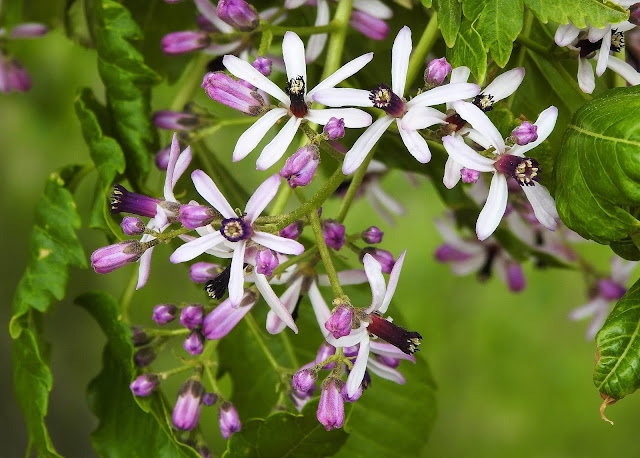The African leopard (Panthera pardus pardus) is the nominate subspecies of the leopard, native to many countries in Africa. It is widely distributed in most of sub-Saharan Africa, but the historical range has been fragmented in the course of habitat conversion. Leopards have also been recorded in North Africa as well.
The African leopard exhibits great variation in coat color, depending on location and habitat. Coat colour varies from pale yellow to deep gold or tawny, and sometimes black, and is patterned with black rosettes while the head, lower limbs and belly are spotted with solid black. Male leopards are larger, averaging 58 kg (128 lb) with 90 kg (200 lb) being the maximum weight attained by a male. Females weigh about 37.5 kg (83 lb) on average.
The African leopard is sexually dimorphic; males are larger and heavier than females. Between 1996 and 2000, 11 adult leopards were radio-collared on Namibian farmlands. Males weighed 37.5 to 52.3 kg (83 to 115 lb) only, and females 24 to 33.5 kg (53 to 74 lb). The heaviest known leopard weighed about 96 kg (212 lb), and was recorded in South West Africa.
The African leopards inhabited a wide range of habitats within Africa, from mountainous forests to grasslands and savannahs, excluding only extremely sandy desert. It is most at risk in areas of semi-desert, where scarce resources often result in conflict with nomadic farmers and their livestock.
It used to occur in most of sub-Saharan Africa, occupying both rainforest and arid desert habitats. It lived in all habitats with annual rainfall above 50 mm (2.0 in), and can penetrate areas with less than this amount of rainfall along river courses. It ranges up to 5,700 m (18,700 ft), has been sighted on high slopes of the Ruwenzori and Virunga volcanoes, and observed when drinking thermal water 37 °C (99 °F) in the Virunga National Park.
It appears to be successful at adapting to altered natural habitat and settled environments in the absence of intense persecution. It has often been recorded close to major cities. But already in the 1980s, it has become rare throughout much of West Africa. Now, it remains patchily distributed within historical limits. During surveys in 2013, it was recorded in Gbarpolu County and Bong County in the Upper Guinean forests of Liberia.
Leopards are rare in North Africa. A relict population persists in the Atlas Mountains of Morocco, in forest and mountain steppe in elevations of 300 to 2,500 m (980 to 8,200 ft), where the climate is temperate to cold.
In 2014, a leopard was killed in the Elba Protected Area in southeastern Egypt. This was the first sighting of a leopard in the country since the 1950s.













































